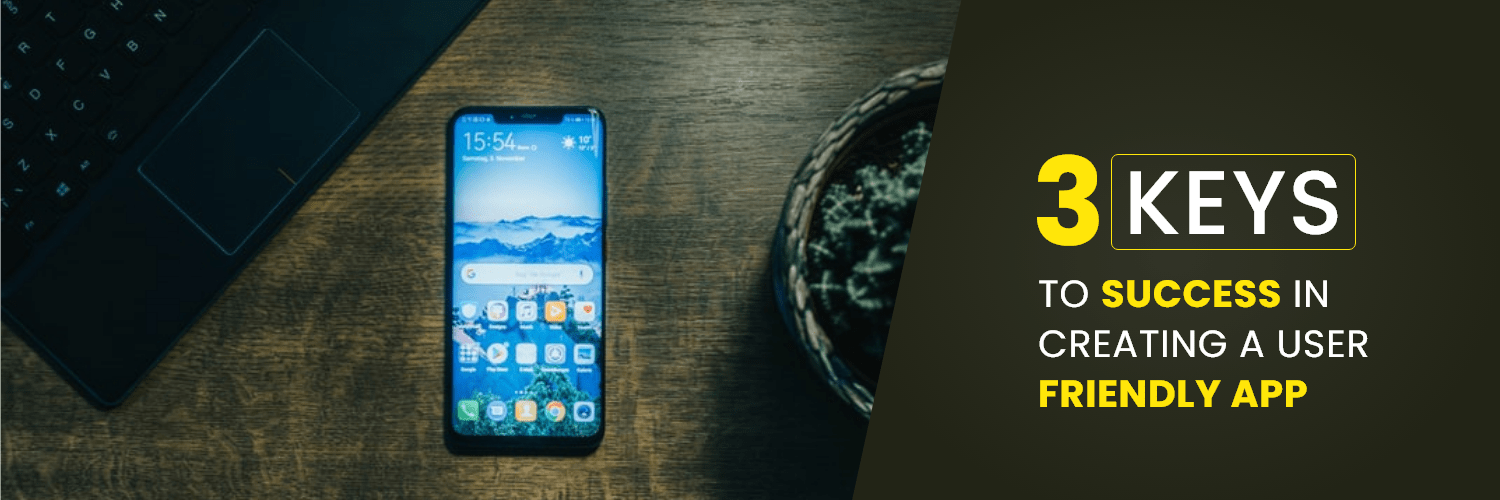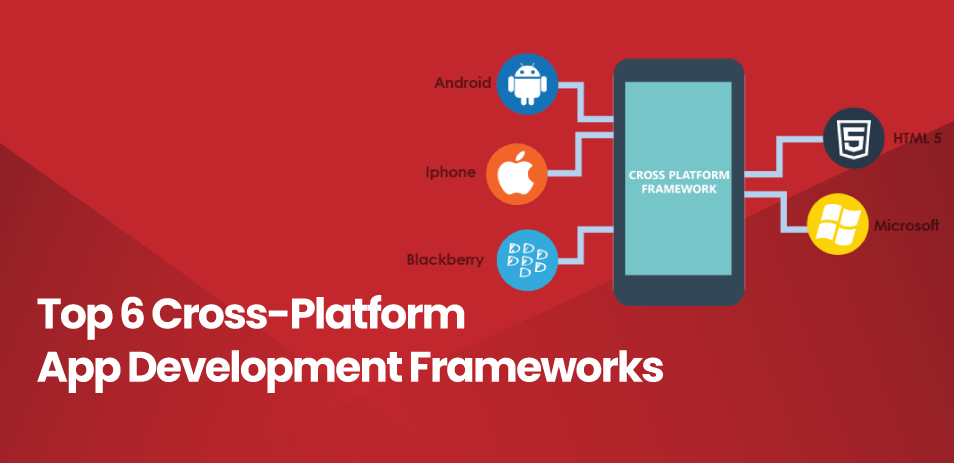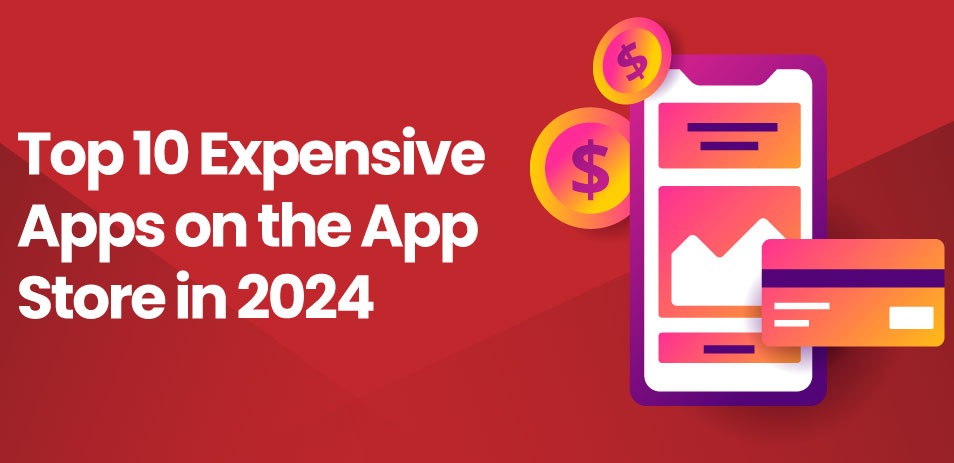We know that in this day and age, with the popularity of smartphones and tech products, that people are downloading apps of all kinds. In 2020, it is expected that app downloads will hit more than 592 million.
With social media being the number one category of apps that get downloaded, app developers continue to grow their audiences by enhancing their product to match what users want. While there are many different ways to appeal to the intended audience, there are a few that can help your app stand out amongst its competitors.
Maintain the Designs Appeal
The more attractive your app design, the more likely you’ll capture users’ attention. In fact, 21% of users will delete an app due to an unappealing aesthetic. Mastering the color scheme and using the right icons can not only just attract users, but retain them as well.
Apps can also be too colorful and it can deter users away from using it. Choosing a minimalistic color scheme can keep users from fearing they may click somewhere they shouldn’t. Typically, black and white is the go-to with uniform colors throughout to signal a new page or other important information. The colors you use to accent your app can say many different things and can have a deeper, psychological meaning that can lead app users to feel or think different things. Yellow, for example, brings a youthful tone to your app and encourages young people to use the app, while blue can make a user feel a sense of trust.
Building the relationship with your users begins with the icon, so it’s important to have an icon that says exactly what you want to say in a “less-is-more” kind of way. Keep it simple, make it unique, and make sure it resembles your app’s mission. It’s okay to test a few before you find the perfect one for your app.
Control Your Data Security
App security is arguably one of the most important aspects of keeping your app user-friendly. With today’s frequent occurrence of apps going viral overnight, it’s almost just as common to hear about security breaches exposing user data. Like we saw here when the popular food delivery app DoorDash exposed more than 5 million of their customers and employees’ data to hackers. No industry is untouchable, so it’s important to protect your payment method and personal information to make sure your user data is not compromised.
If you’re looking to further secure your online payment method, consider Stripe or Braintree as options with state-of-the-art security built into them. Both have pros and cons, so if you take mobile payments over your app, do your research on which would work best for your app.
If you’re looking to further secure your users’ data as a whole, it may be wise to look into outsourcing that data to trusted sources. Integrating the ability to sign in using Google or Facebook has become a common practice amongst app developers. This option not only outsources the user’s data, but it is also more efficient for users. Most have social media accounts and this can save users from going through the process of creating an account.
Optimize In-app Purchases
If you plan to include in-app purchases, you’ll want to do so in a non-intrusive manner. In-app purchases must be complementary to the in-app experience as a whole, making it simple for users to make purchases. Buying additional app features is common in “free” apps, so users will likely expect this. However, constant pop-ups can annoy the user.
Don’t let this deter you from including in-app purchases, however, as it is a very important part of the user’s experience. In 2017, 70% of application-using millennials made at least one in-app purchase and 46% made more than five. Not only can this provide profit, but it expands the app’s value to the user and encourages them to return to the app regularly.
In order to attract and retain app users, you need to consistently deliver on your users’ demands. Start with a pleasing aesthetic and ease of use, provide social platform integration and data security, and include in-app purchases to drive revenue and demonstrate value. It’s okay to run through different trials and iterations to see what sticks. This is common practice in the mobile app industry. Focus on all of these elements and provide a distinct, useful service and unique value and you might just attract users from all over the world!








